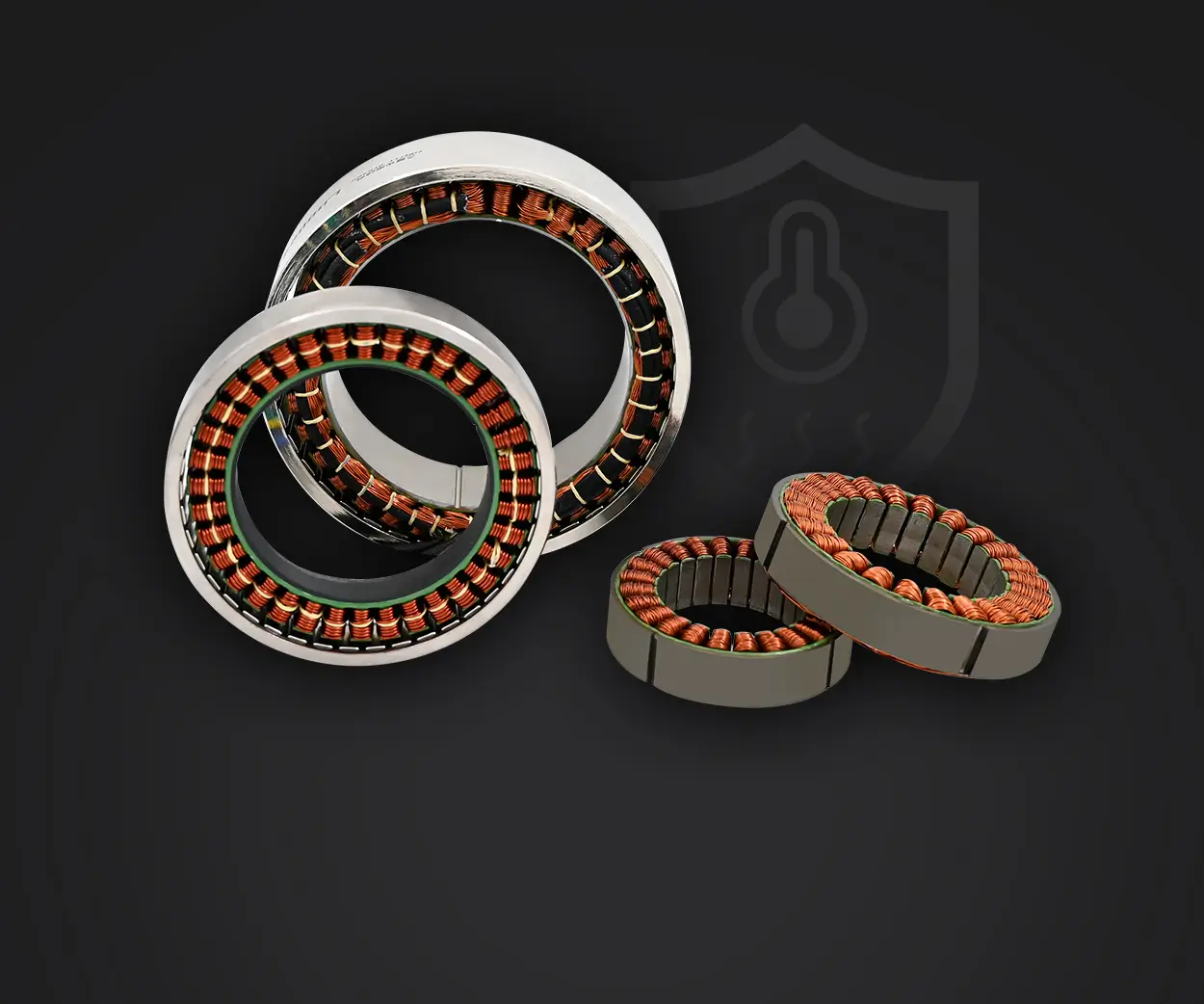When you start talking about servo motors, torque calculation is often the first thing that pops up. Think about it—if you're designing a robotic arm or an automated conveyor, knowing how much torque your servo motor needs to deliver can make or break your project. It’s like trying to pick the right tool for a job—you don’t want to throw a hammer at a screw, and you definitely don’t want a motor that's underpowered for what you're asking it to do.

How do you figure that out? Well, torque calculation isn’t rocket science, but it does require a bit of understanding about your load, the moments involved, and the motor’s specifications. You start with the forces acting on your system—say, a robotic arm lifting a weight—then multiply that by the distance from the pivot point to get the torque. it's a straightforward concept, but the devil is in the details. The load might fluctuate, or your system's inertia could surprise you, so it’s wise to add a safety margin.
In real-world applications, many overlook the importance of precise torque calculations and just go with standard ratings. That’s like trying to fit a square peg into a round hole—the motor might work, but long-term performance suffers. Plus, if your torque is too low, the motor stalls or wears out fast. Too high, and you’re wasting money on a stronger motor than needed.
What about efficiency? Calculating the right torque also plays into energy consumption and operational lifespan. When a servo motor operates within its optimal torque range, everything runs smoother. It’s like driving a car at the right RPM—it lasts longer and consumes less fuel. With a correctly chosen motor, your machinery remains reliable, and downtime drops, saving money over time.
Now, here’s a little secret—sometimes, it’s not just about the math. Understanding your actual use case, including start-stop cycles and acceleration forces, makes a difference. For example, a small CNC machine that occasionally cuts through heavyweight materials might need different torque considerations compared to a high-frequency pick-and-place robot. Simulations or prototype testing can reveal surprises—like a conveyor system that needs more torque at startup than during steady operation.
So, why settle for guesswork? Getting the cup-full details on your load, speed, and duty cycle leads to selecting the perfect servo motor. When you do the math right, it’s like giving your machinery a boost of confidence. Your projects won’t just run—they’ll run better, faster, and with less hiccup. After all, making smart choices about torque isn’t just a technical step. It’s a smart move that echoes through your entire operation—more efficiency, less trouble. That’s real value.
Leveraging innovations in modular drive technology, Kpower integrates high-performance motors, precision reducers, and multi-protocol control systems to provide efficient and customized smart drive system solutions.




































